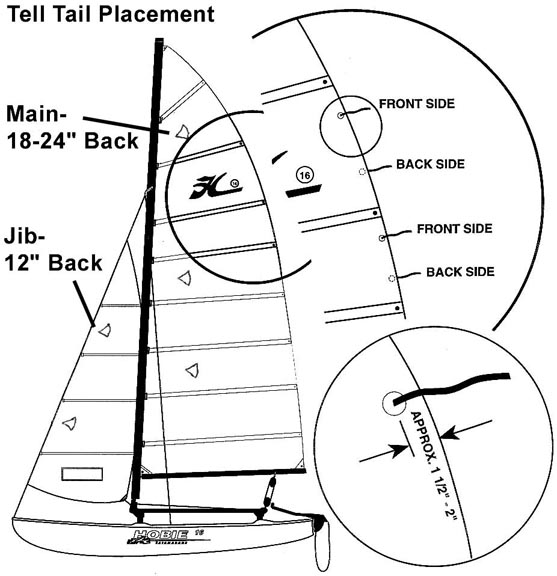h16bill wrote:
I adjust the jib halyard Tension to get this setup.
So your rig tension is actually set on the "loosish" side, and the mast is held back by mainsheet tension while sailing upwind? If that's the case, then, assuming one does not have the newer jib halyard cleating system that's adjustable on the water, you'd pin the shrouds for how far you want the mast to go forward when broad reaching (with mainsheet loose)?
Back to the original post.....I think I understand some of the reasoning behind the question. On these forums, we tend to speak in generalizations (with built-in assumptions) and relative terms....otherwise the posts would be ridiculously long (like this one!). However, there are so many variables at play (wind, chop, weight, equipment, etc.) that almost nothing is universally true for all conditions. Because of that, we're often left wondering....exactly how high is high (pinching vs. footing), how loose is loose (rig tension), how far back is back (mast rake), how hard is hard (sheeting), how light is light (wind)......
That said, I certainly agree that sheeting harder is not always faster. In fact, I'd say it's slower for most conditions that I sail in. However, for the stated conditions (double trapped and still having to travel out to keep the boat down 'cause there's so much wind), I'm finding it hard to believe that a mere mortal like me could sheet too hard. Rather than loosening the mainsheet in those conditions, I thought you're supposed to travel out as needed (to prevent stalling and excess heeling) while sheeted HARD (to flatten sail for speed). No?
(Not intending to be argumentative here...just trying to learn. Lord knows there's always a need for that when trying to get all you can out of a Hobie 16!)







